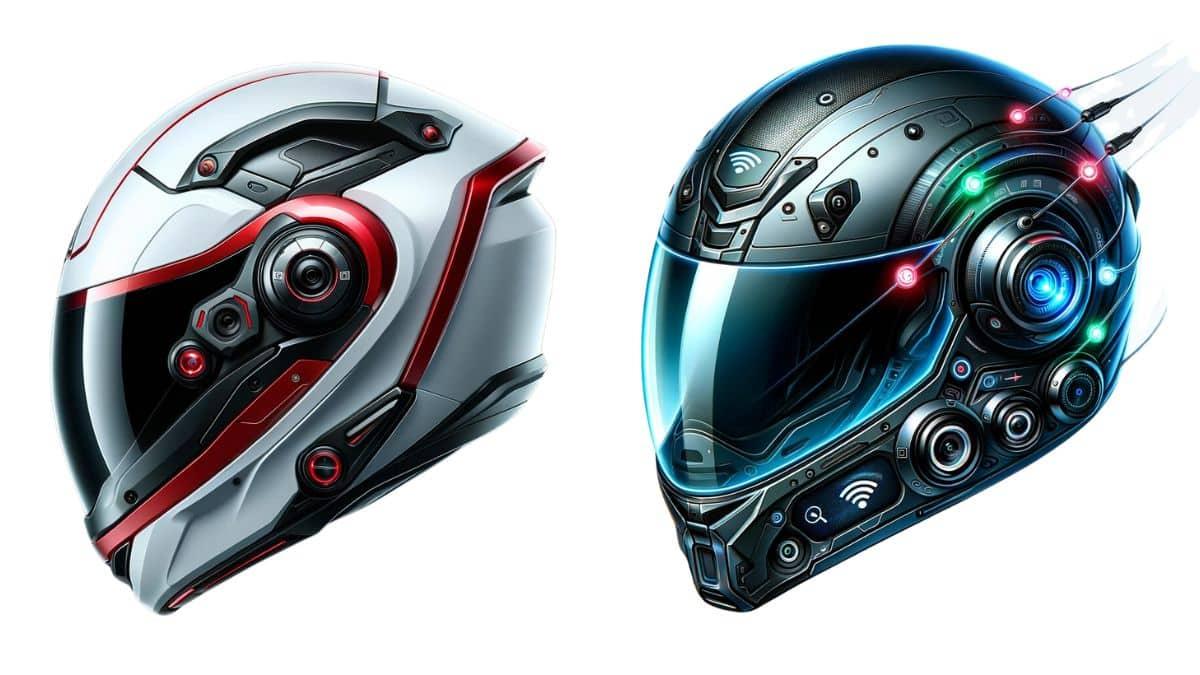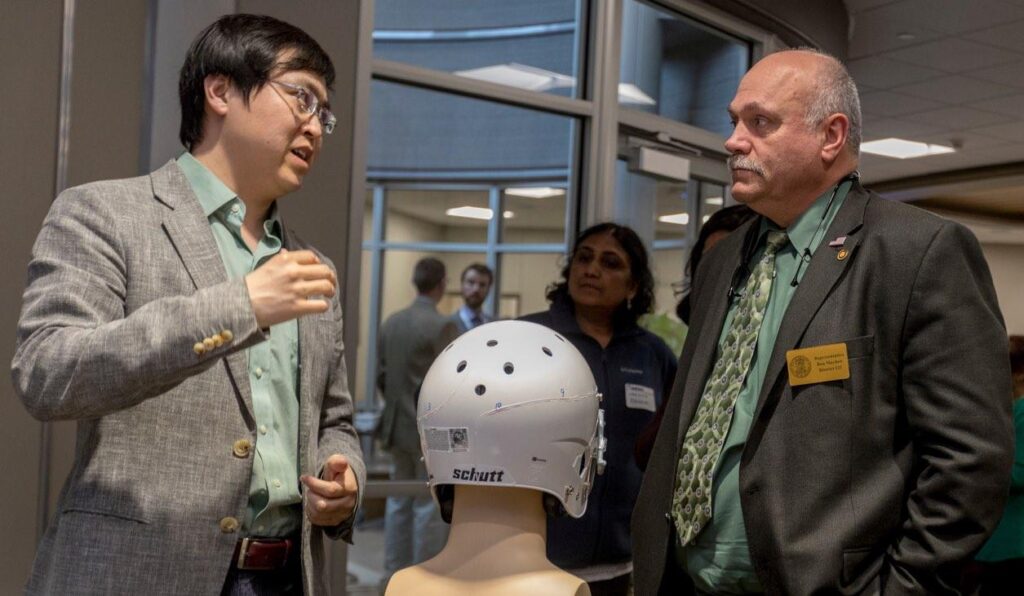In a world where technology seamlessly intertwines with everyday life, the humble helmet is undergoing a remarkable transformation. No longer just a sturdy shield against impact, today’s helmets are becoming intelligent guardians equipped with cutting-edge injury detection technology. These smart helmets promise not only to protect but also to monitor, analyze, and respond to potential trauma in real time. As innovation races forward, the convergence of safety gear and digital insight is poised to redefine how we safeguard ourselves in sports, construction, and beyond-ushering in a new era where prevention and rapid response are just a sensor away.
Table of Contents
- Advancements in Smart Helmet Technology for Enhanced Safety
- How Injury Detection Systems Revolutionize Emergency Response
- Integrating Sensors and AI to Monitor Impact and Vital Signs
- Best Practices for Choosing and Using Smart Helmets Effectively
- Future Trends and Recommendations for Injury Prevention in Sports and Workplaces
- Future Outlook
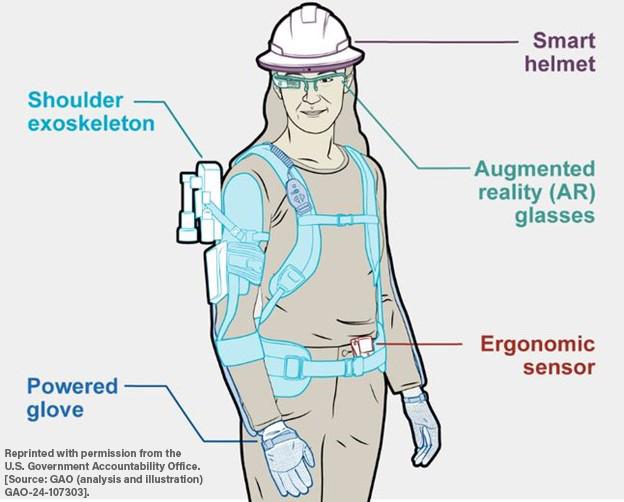
Advancements in Smart Helmet Technology for Enhanced Safety
In recent years, the integration of cutting-edge sensors and AI algorithms has transformed helmets from passive safety gear into dynamic protective systems. Modern smart helmets are equipped with accelerometers, gyroscopes, and impact sensors that continuously monitor the wearer’s head movements and detect abnormal forces indicative of a potential injury. When a collision or fall is detected, these helmets can instantly alert emergency contacts or medical services, drastically reducing response times and potentially saving lives.
Key features driving this innovation include:
- Real-time impact analysis with automated injury assessment.
- Built-in GPS for precise location tracking in emergencies.
- Wireless connectivity for seamless communication with smartphones and medical platforms.
- Advanced materials that combine lightweight comfort with enhanced shock absorption.
Developers are also exploring biometric integrations that monitor vital signs such as heart rate and oxygen levels, providing a holistic picture of the wearer’s health status during critical moments. This convergence of health monitoring and injury detection not only elevates safety standards but also paves the way for personalized emergency protocols tailored to individual risk profiles and medical histories.
| Feature | Benefit | Example Use Case |
|---|---|---|
| Impact Detection | Immediate injury alert | Alerting emergency services after a fall in cycling accidents |
| GPS Tracking | Accurate location pinpointing | Locating lost hikers or motorcyclists in remote areas |
| Vital Sign Monitoring | Health status updates | Detecting abnormal heart rates post-impact for early medical intervention |
How Injury Detection Systems Revolutionize Emergency Response
In the fast-paced world of emergency response, the integration of injury detection systems into smart helmets marks a paradigm shift. These intelligent devices are equipped with sensors that instantly analyze impact forces, detect abnormal vital signs, and assess the wearer’s condition in real time. This immediate data transmission to emergency teams drastically reduces the time taken to initiate medical intervention, often making the difference between life and death.
Beyond rapid alerts, these systems enrich responders with detailed insights, such as:
- Exact location of the injury through GPS and motion tracking
- Type and severity of trauma deduced from impact patterns
- Continuous monitoring of vital signs post-incident
By automating the detection and communication process, first responders can prioritize cases more effectively, allocate resources wisely, and tailor their approach based on precise injury data. This technology also minimizes human error in emergency calls, ensuring that critical information is never lost or misinterpreted.
| Feature | Benefit | Impact on Response |
|---|---|---|
| Real-time Impact Sensors | Instant injury detection | Speeds up emergency dispatch |
| Vital Signs Monitoring | Continuous health tracking | Enables tailored medical support |
| GPS & Motion Data | Precise location identification | Improves rescue coordination |
Integrating Sensors and AI to Monitor Impact and Vital Signs
Modern helmets are no longer just protective gear-they’re becoming intelligent systems equipped with a variety of sensors designed to capture real-time data about impacts and wearer health. Embedded accelerometers, gyroscopes, and pressure sensors work in unison to detect the magnitude and direction of forces experienced during an accident or sudden movement.
What truly sets these helmets apart is their integration with sophisticated AI algorithms. These systems analyze sensor data instantly, distinguishing between harmless bumps and potentially dangerous impacts. Once a critical threshold is identified, the AI can trigger alerts to emergency contacts or medical personnel, ensuring swift response and potentially saving lives.
Beyond impact detection, these helmets continuously monitor vital signs such as heart rate, oxygen saturation, and even skin temperature. This multi-dimensional approach provides a comprehensive health snapshot that can be invaluable in situations where the wearer might be unconscious or unable to communicate.
- Impact force measurement: Calculates g-forces and impact vectors
- Vital sign tracking: Monitors heart rate, breathing patterns, and temperature
- AI-driven alerts: Differentiates between routine and critical events
- Cloud connectivity: Enables data sharing for remote monitoring and analysis
| Sensor Type | Function | Benefit |
|---|---|---|
| Accelerometer | Measures acceleration forces | Detects impact severity |
| Gyroscope | Tracks rotational movement | Assess angular impact |
| Optical Sensor | Monitors heart rate | Provides vital health data |
| Temperature Sensor | Records skin temperature | Detects abnormal conditions |
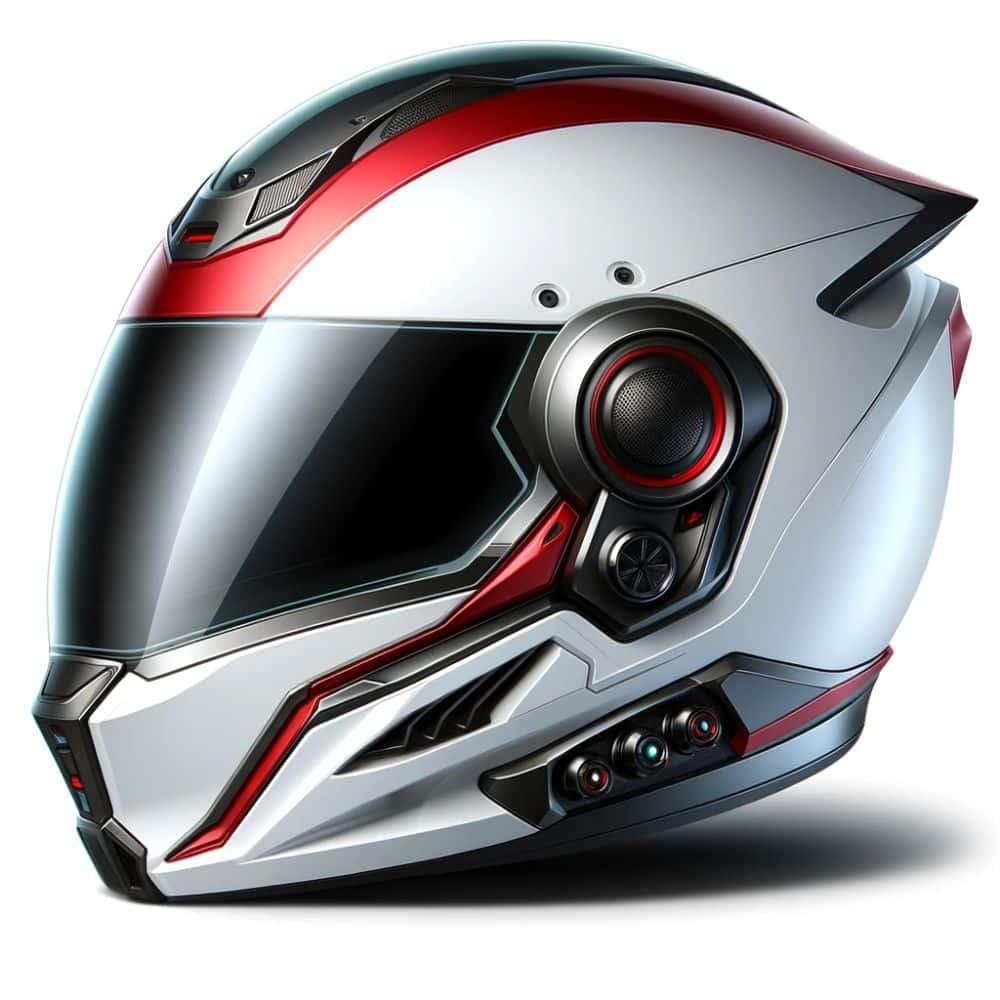
Best Practices for Choosing and Using Smart Helmets Effectively
When selecting a smart helmet, prioritize models that balance comfort, durability, and advanced sensor integration. A helmet that fits snugly without causing pressure points encourages consistent use, which is crucial for effective injury detection. Look for adjustable straps and padding options that cater to your head shape and size, ensuring both safety and wearability during prolonged activities.
Integrating the helmet with your existing devices enhances its functionality. Choose smart helmets compatible with popular smartphones and fitness trackers for seamless data synchronization. This connectivity allows real-time alerts and easy access to injury reports, helping you or emergency responders act promptly. Don’t overlook the battery life – a longer-lasting power source ensures your helmet remains active throughout your ride or work session.
To maximize the benefits, familiarize yourself with the helmet’s app interface and sensor calibration settings. Regularly update the software to access the latest features and injury detection algorithms. Consider pairing the helmet with complementary safety gear or apps that monitor environmental conditions, amplifying your overall protection.
| Key Feature | Benefit |
|---|---|
| Impact Sensors | Accurate trauma detection |
| Bluetooth Connectivity | Real-time alerts and data sync |
| Adjustable Fit | Enhanced comfort and safety |
| Long Battery Life | Extended usage without interruption |
- Test the helmet in controlled conditions before extensive use.
- Regularly inspect the helmet for wear and sensor functionality.
- Educate yourself on interpreting injury alerts and recommended actions.
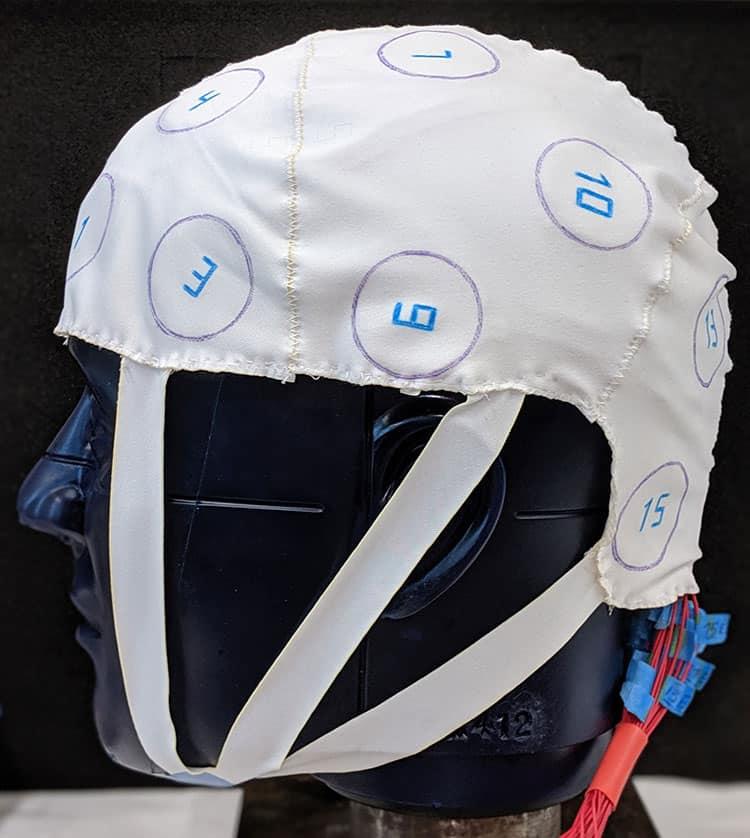
Future Trends and Recommendations for Injury Prevention in Sports and Workplaces
As technology evolves, the integration of smart helmets and advanced injury detection systems is reshaping safety protocols across sports arenas and industrial workplaces. These helmets are no longer mere protective gear; they’re sophisticated devices equipped with sensors that monitor impact forces, head movements, and even vital signs in real-time. This proactive data collection enables immediate identification of concussions or other injuries, allowing for swift medical intervention that can significantly reduce long-term damage.
Looking ahead, the fusion of wearable AI and IoT connectivity will amplify these capabilities. Helmets will communicate with centralized safety systems, alerting supervisors and medical teams instantly upon detecting hazardous conditions. Such interconnectedness promotes a culture of prevention rather than reaction, encouraging continuous monitoring without disrupting the flow of activity. Additionally, machine learning algorithms will analyze injury data patterns to forecast potential risks, enabling tailored safety recommendations for individual athletes and workers.
Implementation of these technologies calls for a multi-faceted approach:
- Collaborative design involving engineers, medical experts, and end-users to ensure comfort and reliability.
- Standardized protocols for data privacy and emergency response triggered by helmet alerts.
- Training programs to familiarize users with smart helmet functionalities and promote trust in automated systems.
| Feature | Benefit | Target Sector |
|---|---|---|
| Impact Sensors | Real-time injury detection | Sports & Construction |
| Heart Rate Monitoring | Early signs of fatigue or distress | Sports & Manufacturing |
| GPS Tracking | Location awareness during emergencies | Outdoor Sports & Mining |
The future of injury prevention hinges on marrying innovation with practical application. By embracing smart helmets embedded with comprehensive detection technologies, both sports professionals and workplace managers can foster safer environments, reducing injury rates and enhancing overall well-being.
Future Outlook
As the lines between safety and technology continue to blur, smart helmets stand at the forefront of a new era in injury prevention and detection. These innovations not only promise to protect lives but also to transform how we understand and respond to accidents in real time. While the road ahead may hold challenges in adoption and data privacy, the potential benefits are undeniable. In embracing smart helmets, we are not just wearing protection-we are donning a future where every impact tells a story, and every story leads to smarter, safer outcomes.